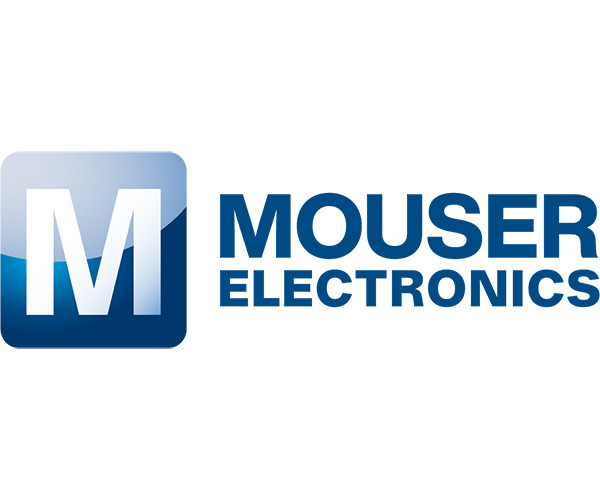Starter kits ease development of low-power wireless systems
24-04-2015 |
Mouser Electronics
|
Design & Manufacture
Mouser is now stocking SLWSTK62xx EZR32 Wireless Starter Kits from Silicon
Labs. The SLWSTK62xx provides a complete development platform for the
Silicon Labs EZR32LG and EZR32WG Wireless Microcontrollers (MCUs). This
starter kit contains sensors and peripherals used for demonstrating many of
the EZR32 wireless MCU's wireless and low power capabilities.
The kits provide all the necessary tools for developing a wireless
application using the Silicon Labs EZR32 wireless MCU family. Each kit has
two WSTK evaluation boards that feature an EZR32LG or EZR32WG wireless MCU
based on an ARM(r) Cortex M3 or Cortex M4 core. Each MCU has 256 KBytes of
Flash, 32 KBytes of RAM, and a rich set of peripherals.
The wireless MCUs also have an on-chip 802.15.4g transceiver supporting the
142MHz to 1050MHz frequency range with up to +20 dBm output power. An AES
accelerator supports AES encryption and decryption with 128-bit or 256-bit
keys. EZR32 wireless MCUs support ultra-low power sleep modes and low
transmit and receive currents that target low power battery-powered
applications.
The EZR32 wireless starter kits include a mainboard and a radio board. The
radio boards have a Micro B USB connector for system connectivity and an SMA
connector for use with an external antenna. The board also has a 33mF backup
capacitor to power to the EZR32 MCU while in 400 nA backup mode for eight
hours or more, maintaining backup register contents and also powering the
backup real-time counter.
The mainboard includes an industry-standard J-Link debugger with all
features available over Ethernet or USB. The mainboard also includes an
ultra low power 128x128 LCD display, two pushbuttons, two LEDs for user
interactivity and a Silicon Labs Si7021 Relative Humidity and Temperature
Sensor.
Silicon Labs' Advanced Energy Monitor (AEM) software provides real-time
graphing and analysis of the EZR32's energy use. The kit can be powered by
the on-board regulator with Silicon Labs' AEM, through the USB connector on
the radio board, a CR2032 coin cell battery, or an external power source.
By Electropages
Electropages is a trusted source of news and insights from the global electronics industry. With a dedicated team of experts and editors, Electropages delivers in-depth articles, product updates, and market trends across sectors such as embedded systems, IoT, connectors, and power solutions. Our mission is to empower engineers and professionals with the knowledge they need to innovate and succeed in a rapidly evolving technological landscape.


